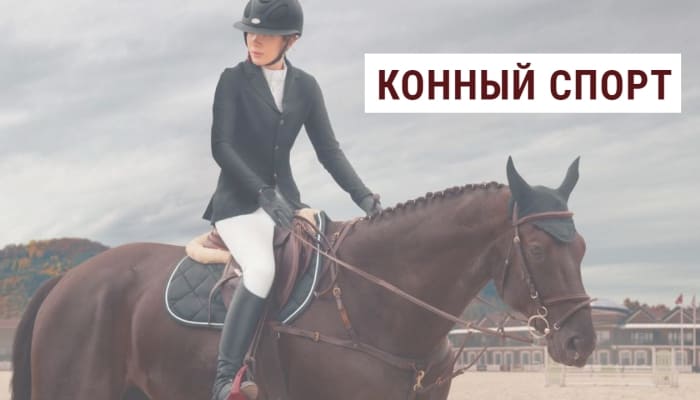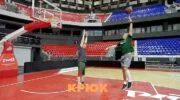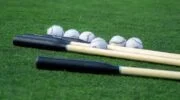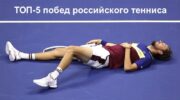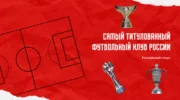In the article “Equestrian sports” we will tell you about the sports in which horseback riding is used. You will learn a brief history and features of the main disciplines.
#EquestrianSports #Equestrianism #HorsebackRiding #HorseRiding
Modern equestrian sports originated in ancient Greece, as dressage was developed as a way of preparing the horse for battle. The first person to describe his observations of horse behavior was the Athenian general Xenophonte. His writings were later used for the training and creation of the cavalry.
The first equestrian competitions were created to test war horses and compare horse harnesses from different countries. Riders had to be cavalry officers to compete.
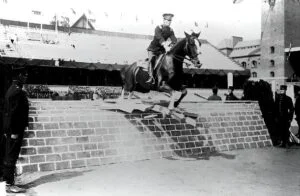
Military competitions gradually turned into civil ones, and equestrian sports became part of the Olympics. It happened back in 1900, and 12 years later, in 1912, this sport expanded in disciplines, there were team performances, triathlon and elegant kind – dressage.
Equestrian sport in our country was established by Peter the Great, who wanted to organize something similar in Russia. For a very long time our country was one of the world leaders in this sport, we won Olympic medals in various disciplines.
Only in 1980 at the Olympics in Moscow our athletes managed to add 3 gold, 3 silver and 2 bronze medals to the national team: in dressage, show-jumping and triathlon. With the collapse of the USSR we lost our achievements, experience and prospects for medals. In today’s Russia we are only in the top 5 athletes.
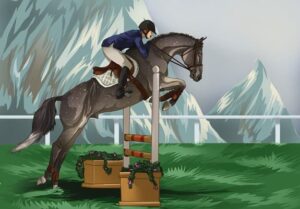
At the Olympic Games in equestrian sport there are 3 types of competitions: show jumping, dressage and triathlon. In show jumping the rider and his/her horse jump over obstacles on specified routes and in a specified time. Jumpers must avoid colliding with the supports of the obstacle or the horse/rider falling.
In dressage, riders are evaluated both on the quality of preparation (training) and on the smoothness of the horse’s movements. The degree of difficulty of the elements performed and the quality of their performance are transformed into a final grade, which is assigned to each horse/rider. The evaluation is made on a scale from 0 to 10 where 0 is a missing element, 5 is an element executed with mistakes and 10 is an excellent element/movement.
In the triathlon, each rider and his horse must complete a unique challenge in three stages. The first stage, dressage, is held on race day. The second stage is a cross-country cross-country and the third stage is a show jumping and is usually held on the third day of competition.
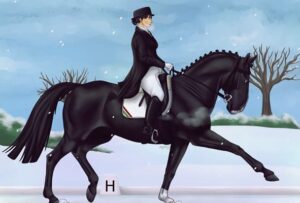
In the triathlon, men and women can compete against each other. The rider who earns the fewest points wins, as they are only awarded for mistakes made.
Most equestrian competitions are held in an arena. Arenas can be indoor or outdoor, depending on the climate. A professional equestrian arena is a multi-layered pie (drainage system) with a 10-centimeter layer of granite crumb in the base.
The soil should not dust and the ground is watered daily for this purpose. That is why crushed limestone rock is not used for laying the fields, because over time the limestone is compacted and ceases to pass water.

Then a plastic grid is laid, which is the main shock-absorbing layer of the field. When jumping, the lattice springs and reduces the load on the horse’s ligaments. But that’s not all the builders’ secrets either.
The uppermost, working layer of the pitch is covered with tiny and very dense quartz sand mixed with pieces of geotextile. Synthetic fibre performs the same functions on a show jumping course as grass roots do in nature – it binds the ground and makes it homogeneous. A horse cannot slip on such a surface.
There are standard rules and etiquette in the equestrian world. Let’s list some of them:
- You must yield or pass the horse during the warm-up, and you may only approach it from the left side;
- A red ribbon on the horse’s tail means that the horse is kicking. Be careful as the horse can kick up to 2.5 meters away;
- Entering and exiting the arena should be announced in a loud voice;
- The distance between horses should be at least the length of one horse.
Equestrian sport is a very expensive sport, because the cost of trained horses is measured in hundreds of thousands of euros, but can reach millions. In addition, the equipment of the rider and the horse is not cheap either.
Rider’s equipment consists of a protective helmet, safety vest, boots, cuffs (to protect feet from abrasions), clothes for training (jacket, breeches, gloves, whip), clothes for performance (sometimes use special suits or tails).
Equipment for the horse consists of a variety of elements for riding. This is a halter, stirrups, reins, puttlisa, reins, martingale, saddle, spurs and breastplate. In addition, there are protective accessories, such as blinders (eyecups), headbands, undertails, bandages, and valtraps.
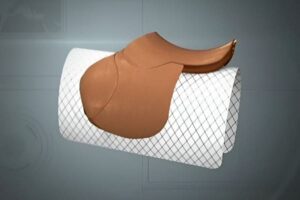
We should not forget about the very maintenance of the horse, feed, shearing, and the veterinarian. By the way, many stylistic elements in equestrian sport originated in England, during hunting. It was there that they invented to braid manes and tails to avoid entanglement and entanglement in the harness.
The comfort of the horse and rider depends primarily on the quality of the saddle leather. The base of the saddle is sewn from thick bovine leather, and velvety calfskin is put on the wings and seat. The soft fabric allows the horse and rider to feel each other better.
Choosing a saddle for a horse is not easy, because you have to take into account such parameters as the size of the withers and the balance of the back. These parameters are measured with special tools and the saddle is adjusted with infra-red lamps. The rider’s weight should be completely distributed over the horse’s back.
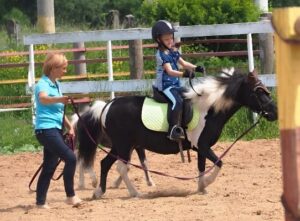
In equestrian sports, training usually takes place in the arena with an instructor. The instructor helps to correct any bad habits, helps the rider to grow professionally, improve his or her horse management skills.
Engaged in equestrian sports can be from the age of 5 years. Of course, on a mature horse no one immediately put a small child, because he could get scared and fall. Therefore, sections begin to prepare the future rider with general physical training, then inoculate him/her to the saddle, to the correct posture, to the basics of riding. To teach children instructors actively use the subspecies of horse – a pony.
In order that the child was interested and willing to engage in this sport, trainers recommend in early childhood to actively go to zoos, on excursions to the stables. In other words, teach your child to love, respect and understand animals, because the lion’s share of success depends on mutual understanding in equestrian sport.
About equestrian sports
FAQs
What is equestrian sport?
Equestrian sport is a set of competitions in which the rider demonstrates the art of riding, and the sport horse is tested for agility, jumping ability, endurance and speed. At the Olympics equestrian sport is represented in three disciplines: show jumping, dressage and triathlon.
Who is a Bereitor?
A bereitor is a trainer-trainer who prepares a horse for a rider, for equestrian sport, for circus performances. The main task of the Bereitor is to teach the animal to obey the rider.
What is hippotherapy?
Hippotherapy is therapeutic horseback riding for patients with neurological, behavioral and mental disorders. Rehabilitation and adaptation occurs due to the emotional lift from the interaction with the animal and from the natural cyclic vibrations that occur during the ride.

